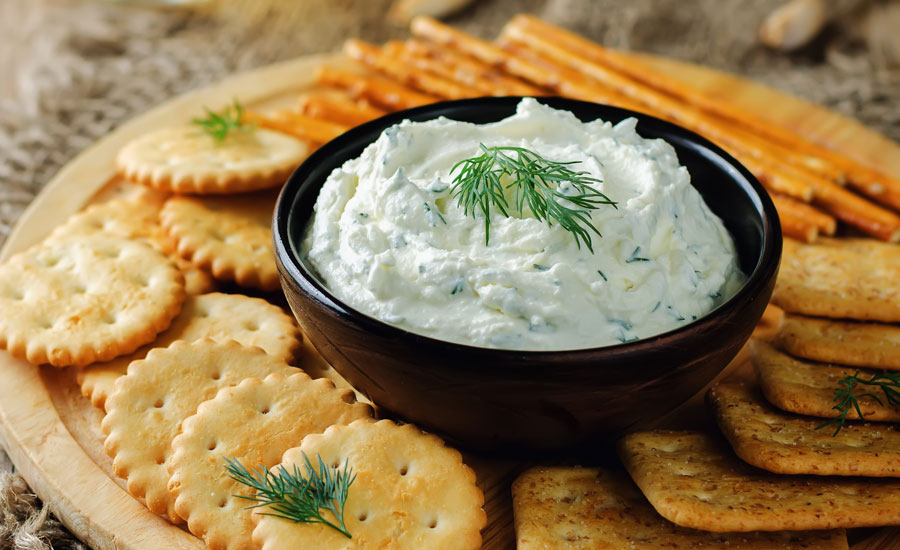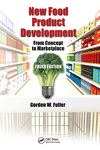State of the Industry 2024: Consumers sustain their snacking
Social media and cost continue to influence snack purchases.

Consumers aren’t going to stop snacking anytime soon, but the ways they choose to snack, and what delicious items they choose to snack on, are always in flux. In addition, gathering occasions are now back, which may affect when and what snacks consumers purchase.
We talked to Sally Lyons Wyatt, global EVP and chief advisor for consumer foods and foodservice insights at Circana, to get an eagle-eye look at the snack industry, including what is trending now.
Liz Parker: Can you share a brief overview of the past year in snacks?
Sally Lyons Wyatt: Over the past year, consumers have made several snacking shifts, including what they snack on, where they shop for snacks, the sizes they select, and even the brands they choose. Consumers are still snacking on their favorites such as potato chips, tortilla chips, frozen novelties, etc. However, we have also seen consumers extend their snacking consideration set to include “like” categories, such as making cottage cheese into ice cream, which was a trend influenced by social media.
Consumers are increasingly buying their snacks from the dollar, club, and ecommerce channels. In addition, we have seen bifurcation in purchases within both premium and value brands, in both small and large sizes.
LP: What were some of the common threads running through the industry in 2023?
SLW: They include:
- 46% of consumers eat 3+ snacks per day
- Indulgence and treating are still winning, but better-for-you is trending up as well
- Premiumization is still growing, as well as private label
- Some consumers are looking for entry price points via smaller sizes, while others (who can afford it) will buy multi-pack for the affordability to please many members of the household
- Social media continues to greatly influence snack purchases

LP: What were some of the biggest challenges producers encountered, as well as some of the most pressing issues
SLW: Macroeconomic factors have been the largest headwind. With overall F&B prices 30% higher vs. 2019, the industry has outpaced wage growth. Consumers have had to find ways to buy the non-discretionary products they need. Although consumers are still purchasing snacks, they may not buy as many, or they may vary the sizes they purchase and/or the frequency they purchase.
In 2023, mobility picked up with companies asking employees to be in the office more often. That meant an uptick in out-of-home snacking due to being “on-the-go, out of home,” which resulted in Quick Serve AM and PM increases for snacking (and other F&B).
Innovation levels have been lower over the past few years when compared to pre-COVID, which has hindered growth rates as well. We are, however, seeing an uptick in innovation in 2024. In 2023, CPGs began to invest in promotional activity, with promotion levels returning. However, promotion response lags despite promo depth increasing.
LP: How have producers risen to the various challenges encountered through the past year?
SLW: To assist consumers on their journey, CPGs leaned in with promotion activity. The opportunity exists to find the right depth and frequency to get similar lifts as in the past. Per above, we see CPGs increasing innovation activity in 2024, which will add excitement and engagement with consumers. The innovation that did occur in 2023, realized flavor explosions with mashed up flavors, sweet and spicy combinations, as well as tried and true flavors like chocolate, peanut butter, hot and spicy, etc. The industry has also leveraged social media to drive excitement, idea generation, and fun—which consumers are always craving.
LP: How do you think the landscape might be shifting for the snack industry?
SLW: Consumers’ consideration sets will continue to evolve. For example, some younger consumers see a hamburger as a protein snack mid-afternoon. Social media will continue to showcase “do it yourself” type snack options, and/or occasions where snacks can be consumed, which will influence consideration sets as well.
LP: What challenges and opportunities does the year hold for snack professionals?
SLW: Macroeconomic headwinds will continue, but they are both a challenge and an opportunity. From a challenge perspective, consumers will still be managing their wallets to find ways to purchase not only the F&B/snacks they need and want, but also to determine how to pay for other non-discretionary expenses (e.g., rent/mortgage, utilities, etc).
From an opportunity perspective, the rising cost of labor is impacting foodservice and increasing the cost of food and beverages at restaurants. YTD, foot traffic is declining in all but fast-casual restaurants, which is driving an uptick in volume for snacks. We do expect so see fluctuation in prices throughout the rest of 2024, which may still leave snacks in the positive at year-end—but it is the mix of snacks consumers choose that will continue to evolve.Looking for a reprint of this article?
From high-res PDFs to custom plaques, order your copy today!









